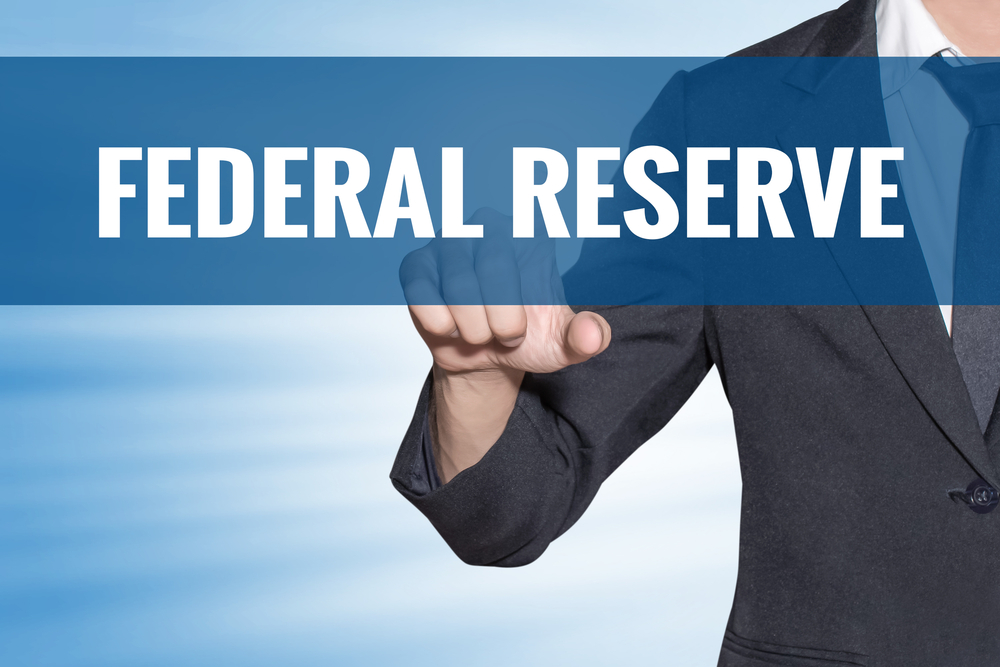The Federal Reserve last hiked in December of 2015. From January until April, 3 month Libor, which is closely correlated to the Federal Funds rate, traded 62 to 64 bps. However, even without an actual hike by the Fed, from late June until now, 3m Libor climbed from 63 bps to yesterday’s setting at 81.6 bps, an increase of over 18 bps. This has been a ‘stealth’ tightening. The primary reason for the increase has to do with regulations concerning Money Market Reform for institutional money market funds. These regulations, which go into effect on October 14, are causing a migration of money into Gov’t security money market accounts. The net effect is that short term funding instruments which comprised prime money market funds, are now being shunned. This is reflected by the increase in the Libor setting (and recall that many corporate loans are tied to Libor). In turn, near Eurodollar contracts, which settle to 3 month Libor, have come under heavy selling pressure. For example, in mid-June (pre-Brexit) the September 2016 expiry Eurodollar, EDU6, was 99.30 (or 70 bp yield) and as of Tuesday it settled 99.10, (or 90 bps).
This regulatory change has also influenced is the shape of the Eurodollar curve. With near contracts being pounded, the curve has tended to flatten, even over more deferred contracts. For example, even a spread as far out as EDZ’17/EDZ’18, which was around 20 in the beginning of July, settled at just 12.5 bps yesterday. Recall that one-year euro$ calendar spreads were more like 60 to 65 bps at the start of the year. Given that wage growth has been picking up (+2.6% annually), and that the effects of Brexit mostly seem to have left the US unscathed, I would think that gradual Fed rate increases are still in the cards. The technical regulatory environment has likely provided a cheaper entry point for long ED calendar spreads. Consider buying EDH’17/ EDU’17 for 6.0 bps. The lowest settle in this six-month spread has been 4.5. Given that one-year spreads were as high as 60 bps at the start of the year, I would say a reasonable target in the spread would be 20-30 bps, which would roughly signify a Fed hike schedule of two per year. Stop out on a close below 2.5 bps.
Alex Manzara




